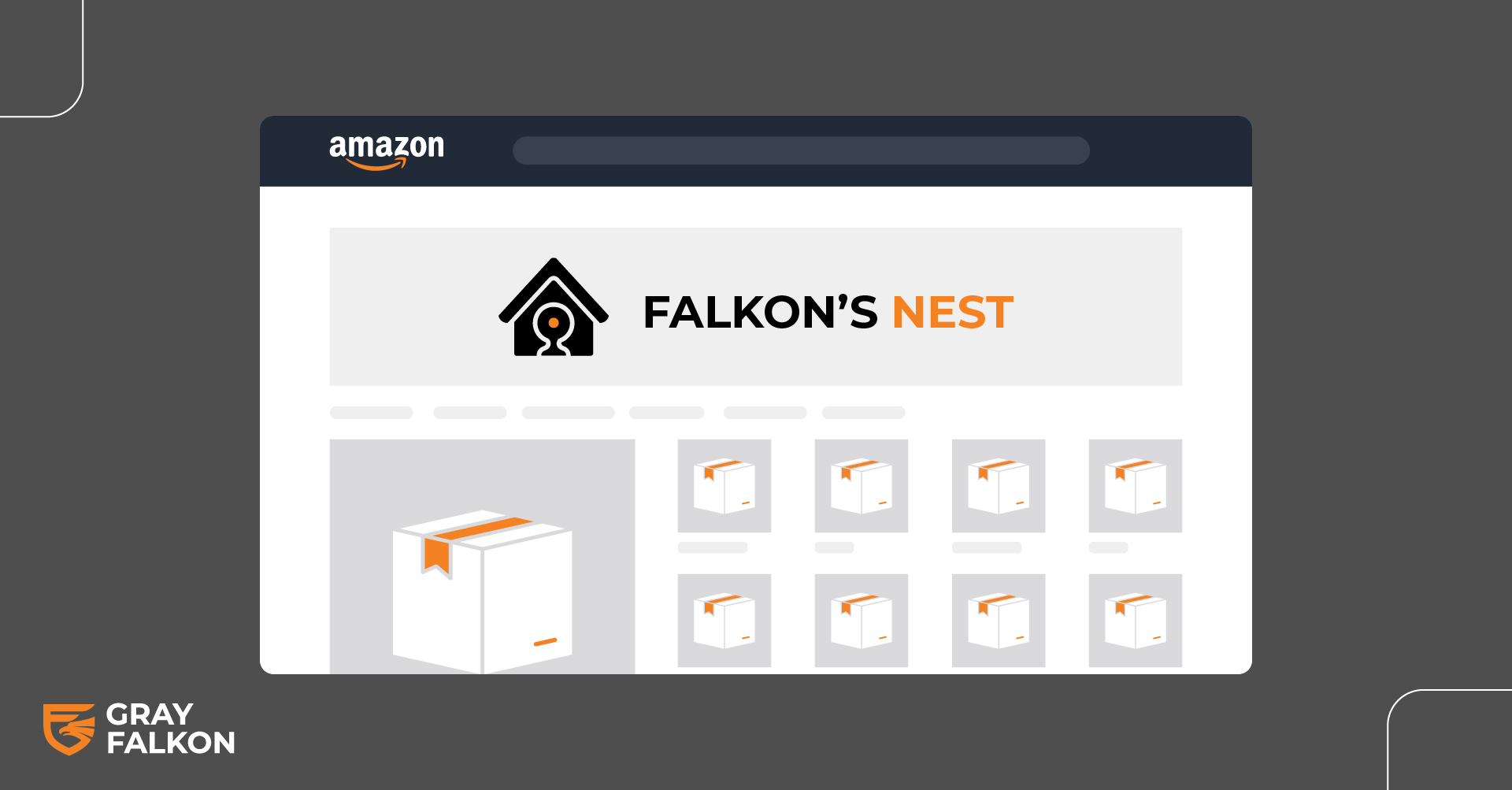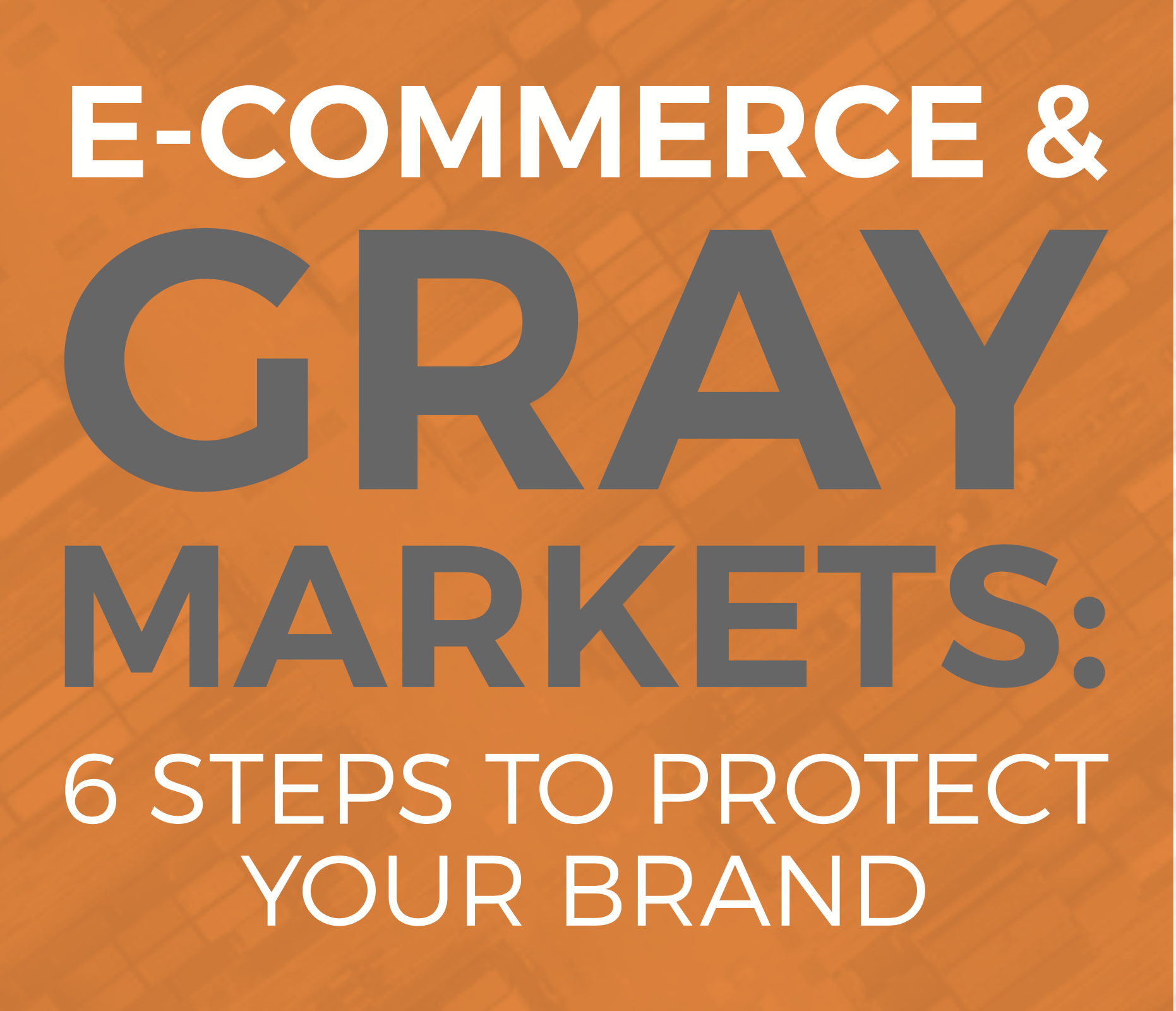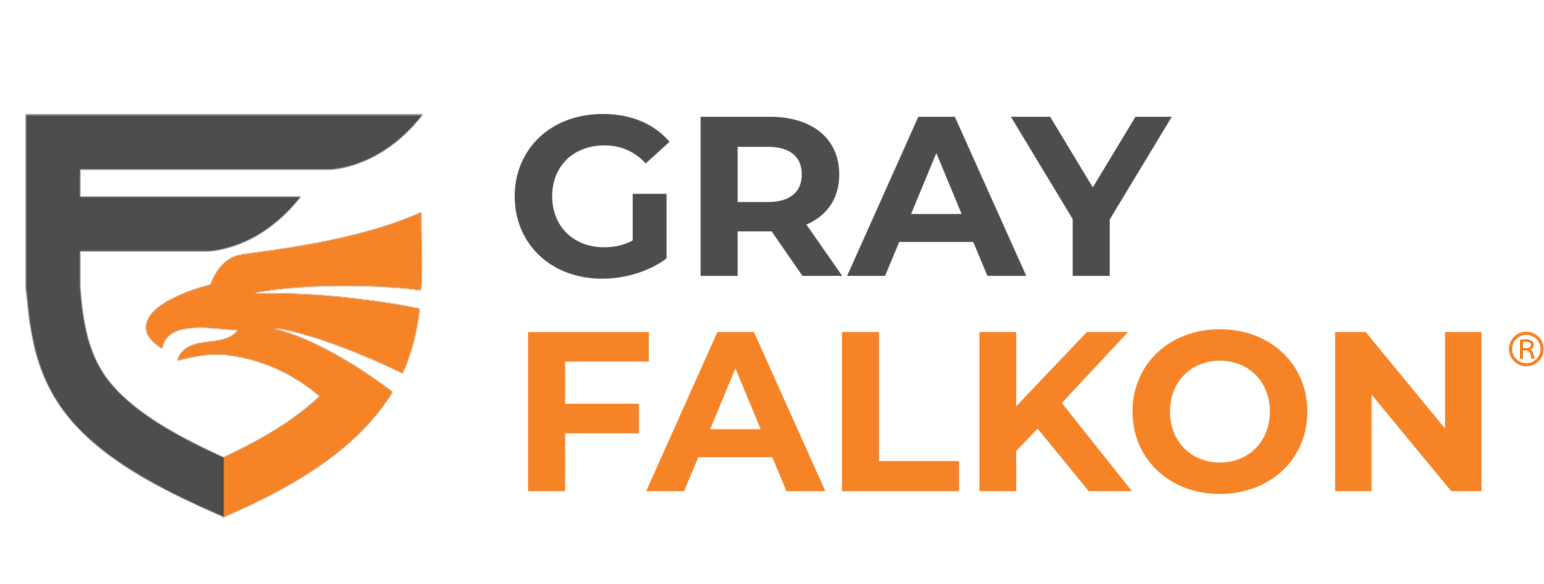
Creating a branded storefront on Amazon is one of the most popular first steps for sellers looking to establish credibility, drive traffic, and present a curated shopping experience. With its visual customization options, product grouping, and seamless integration with Amazon Ads, a storefront feels like the closest thing to a brand’s own website, within Amazon’s walls.
But while storefronts can elevate your brand image, they do not provide meaningful protection from unauthorized sellers, gray market activity, or third-party interference. Many brands mistakenly believe that building a storefront gives them more control over how their products are sold on Amazon. The truth is, it doesn’t.
What do Amazon storefronts actually do, what are their limitations, and what your brand can do to enforce control in the open and highly competitive Amazon marketplace?
What Is an Amazon Storefront?
An Amazon Storefront is a customizable, multi-page shopping destination within the Amazon platform that allows brand-registered sellers to create a dedicated space for showcasing their products. Think of it as a mini-website hosted on Amazon, one that provides brands with a more immersive and brand-forward experience than a standard product detail page.
Who Can Create an Amazon Storefront?
Only sellers enrolled in Amazon Brand Registry are eligible to create a storefront. This ensures that only verified brand owners can build and manage the experience, maintaining a degree of authenticity and consistency in brand presentation.
What Does an Amazon Storefront Do?
Storefronts allow brands to group products into collections, highlight bestsellers or new arrivals, and share their story through visuals, videos, and text. Many brands use their storefront URL in Amazon Ads, external campaigns, or influencer collaborations to drive traffic directly to a curated shopping experience. It’s a popular tool for maintaining brand consistency across all product listings and helping shoppers explore your product line more easily.
What Do Customers See?
To a customer, the storefront can look like a sleek and branded environment that suggests the seller behind it is the brand owner. However, this experience is separate from the product detail pages that appear in search results or on competitor listings. Unless a shopper is directed to your storefront, most of their interaction with your brand will still happen on standard listing pages where unauthorized sellers may also be present.
What Do Brands See?
For brands, the storefront offers enhanced analytics, the ability to tailor messaging, and opportunities to tell a cohesive brand story. But what it doesn’t offer is any extra control over who sells your products, how listings are managed, or which seller wins the Featured Offer (formerly Buy Box).
Storefront ≠ Control
Setting up a storefront on Amazon gives brands a polished, curated space to present their products, but it doesn’t change how the broader marketplace works. Amazon Storefronts are part of Amazon’s Brand Registry toolkit, but they don’t offer any added enforcement powers or seller control. This is an important distinction.
Even if a brand has a fully built-out storefront, unauthorized sellers can still list and sell the brand’s products on Amazon under the same ASINs. The storefront may help educate consumers or elevate the brand experience, but it does not prevent unauthorized sellers from appearing on listing pages, winning the Featured Offer, or interfering with your intended customer experience.
In Amazon’s system, the listing belongs to the product, not the brand. That means anyone with a supply of your goods, including gray market goods, can list under your ASINs, regardless of whether you operate a storefront or are the original manufacturer.
For many brands, this creates a false sense of security. You’ve invested time in a beautiful Amazon presence, but the reality is that control over your brand’s representation and sales is still vulnerable to interference from bad actors.
How Unauthorized Sellers Undermine Storefront Value
Amazon Storefronts allow brands to showcase their identity, organize products into categories, and drive external traffic to a brand-dedicated destination. But when unauthorized sellers are active on the same listings, it erodes the value of these storefronts in several ways.
Stealing The Featured Offer
Unauthorized sellers can win the Featured Offer, even on products that are prominently featured in a brand’s storefront. When that happens, customers clicking “Add to Cart” may end up purchasing from a third-party seller with no affiliation to the brand. The brand still drives the traffic, but another seller makes the sale.
Providing a Poor Customer Experience
Unauthorized sellers may ship poor-quality goods, expired inventory, or items without proper packaging, damaging the customer experience. If a buyer purchases from an unauthorized seller and receives a disappointing product, the brand, not the third-party seller, usually takes the blame in the eyes of the customer.
Confusing or Unknown Seller Identities
Some unauthorized sellers may use misleading business names, making it difficult for customers and brands to identify who’s really fulfilling the order. In these cases, the Storefront may look legitimate, but the listing activity behind it can still be murky and misleading.
All of this contributes to brand confusion, reduced consumer trust, and a lack of control over the brand experience. Without tools to actively monitor and enforce listing integrity, the Storefront becomes a marketing tool, not a protective barrier.
Brand Registry Is a Great First Step, But Has Limits
Amazon’s Brand Registry offers brands enhanced control over their presence on the platform. Once enrolled, brands gain access to valuable tools like A+ Content, Amazon Storefronts, and more robust reporting capabilities for intellectual property violations. These features help improve product listings, deliver a more cohesive brand experience, and provide a way to flag misuse of brand assets.
However, Brand Registry doesn’t stop unauthorized sellers from listing your branded products. Unless your brand is part of Amazon’s Brand Gating program, a separate and often difficult process, any seller with access to your products can list and sell them, even if they’re not authorized by you.
Tools like Brand Registry, Amazon Transparency, and Project Zero are useful, but they’re inherently reactive. They only help once a violation is found, reported, and addressed. And with the sheer volume of listings and sellers on Amazon, relying solely on these tools leaves significant gaps.
That’s why brands need more than Amazon’s built-in offerings. Active, ongoing monitoring is essential to understand who is selling your products, where they’re sourcing them from, and whether they’re damaging your brand in the process. Without this visibility, you’re operating at a disadvantage, regardless of how well you’ve set up your Storefront or registered your brand.
How Gray Falkon Fills the Gaps
Creating a branded Amazon Storefront is a smart way to showcase your catalog and drive consistency, but it won’t keep unauthorized sellers off your listings. For true brand control, you need more than a polished presentation. You need proactive enforcement and deep visibility into marketplace activity, and that’s exactly what Gray Falkon’s Full Deployment solution provides.
Targeted Seller Engagement
Our AI-powered technology profiles every unauthorized seller, predicts their behavior and launches hyper-personalized campaigns designed to drive compliance and remove listings fast. can Amazon for unauthorized sellers, product listing inconsistencies, and gray market activity. This 24/7 visibility helps you detect violations early, before they disrupt your sales or harm your reputation.
AI-Driven Marketplace Engagement
Once unauthorized sellers are detected, our solution automates the preparation and submission of structured, marketplace-compliant reports. Our AI navigates complex eCommerce ecosystems to file, escalate, and resolve violations. While others send one report and wait, our automation adapts and persists until action is taken.. We don’t just discover the problems, we help solve them.
Dedicated Brand Success Manager
You’re not going it alone. A dedicated Brand Success Strategist works hand-in-hand with your team to design a strategy that removes bad actors, reclaims lost sales, and prevents future threats, tailored to your market dynamics.
Marketplace Brand Protection Portal
Our Marketplace Brand Protection Portal includes access to interactive dashboards to track progress, identify trends, and capture the details and impact of focus areas. Dashboards include:
- Overview Dashboard: A high-level snapshot of your brand protection efforts across marketplaces and regions, including metrics on eliminated sellers, removed listings, and suppressed sales volumes.
- Products Dashboard: Data on unauthorized listings, as Gray Falkon tracks key information including unique sellers for each product ID, delisted sellers, and total inventory.
- Sellers Dashboard: Data on unauthorized sellers, as Gray Falkon tracks key information including seller identities, average daily inventory, and average maximum daily offers.
- Test Buys Dashboard: Tracking of test buys (an add-on program) conducted by Gray Falkon of randomly selected unauthorized sellers and product listings to accumulate evidence of marketplace violations. Results include seller details, transaction dates, actual product pricing, and any identified quality or authenticity issues.
- Top KPIs: KPIs, including Sellers Removed, Listings Removed, and Sales Suppressed, are featured at the top of each dashboard.
Purpose-Built for Marketplace Brands
Gray Falkon was designed for brands that operate in high-volume, high-visibility marketplaces. We don’t just add another layer of data, we provide the visibility and enforcement tools that Amazon Storefronts, Brand Registry, and Transparency programs don’t cover. Whether you’re trying to protect your product listings, eliminate rogue sellers, or get a clearer picture of who’s actually representing your brand, we’re the partner designed to get it done.
A Storefront is Just the Start
Amazon Storefronts offer brands a way to create a polished, curated experience, but they don’t offer control over who sells your products. Unauthorized sellers, gray market activity, and inconsistent listing content can still disrupt your customer experience and erode brand equity, no matter how beautiful your storefront looks.
For brands serious about controlling their presence on Amazon, a storefront is just the beginning. Real protection comes from visibility, enforcement, and consistency across your entire catalog. That’s where Gray Falkon comes in.
With our proprietary AI and automation technology defending your brand, Gray Falkon ensures your listings remain yours and that your brand is represented the way you intended. Your storefront builds trust. Gray Falkon protects it. Schedule a demo today to get started.






